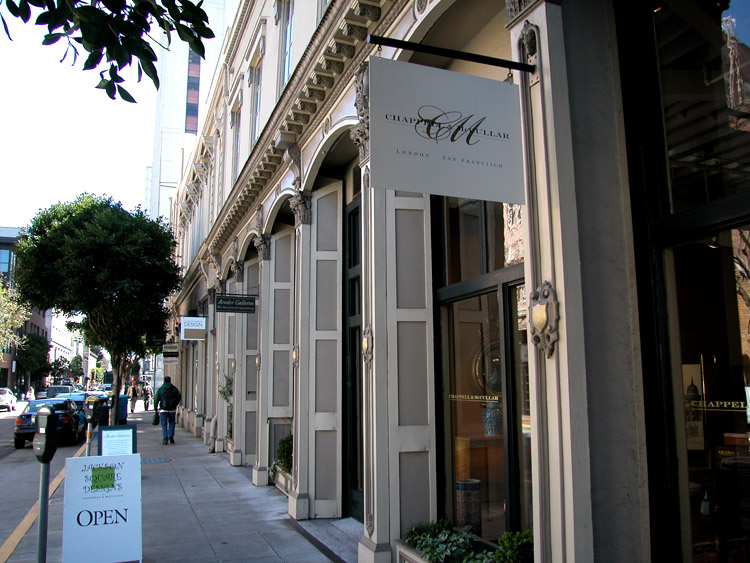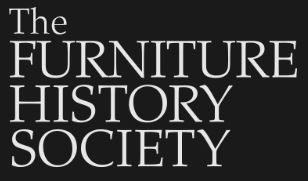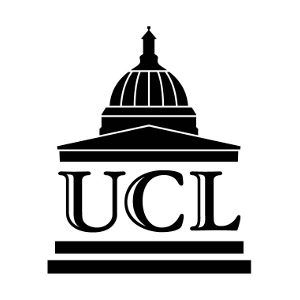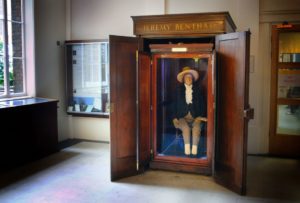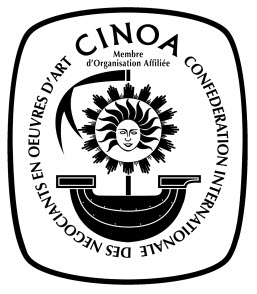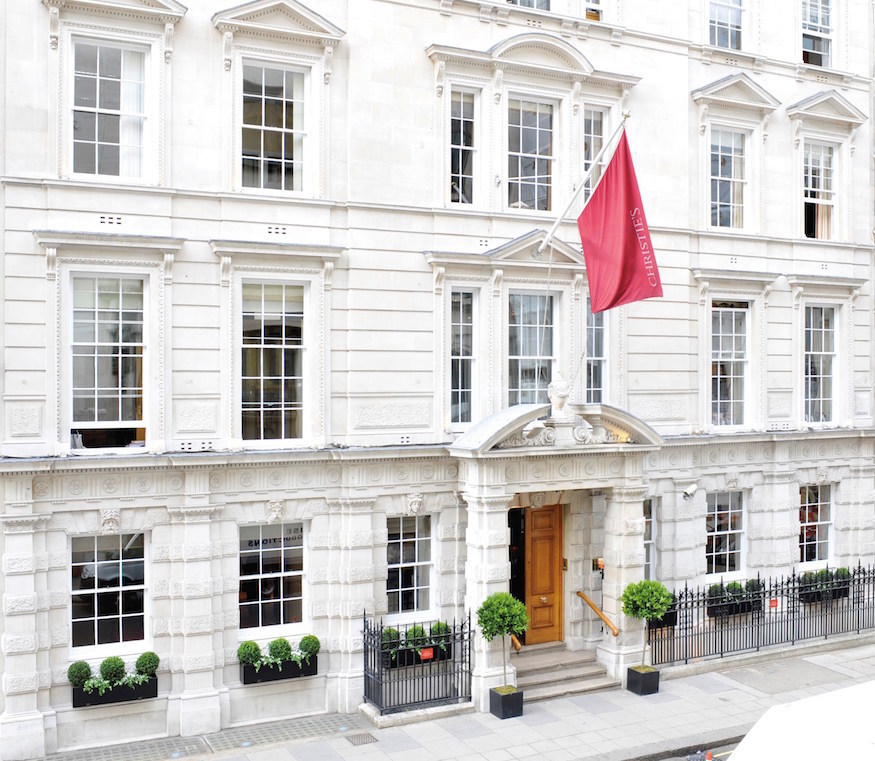
The big news in the trade this morning is the increase Christie’s has posted for buyer’s premium. It always surprises the numbers of people who assume, when the hammer falls in the saleroom, that that is the ultimate price of the item sold. Far from it, with Christie’s now charging the purchaser a minimum of 25% over the hammer price on lots up to £225,000, 20% for up to £3,000,000, and a full one percent increase to 13.5% for anything above £3 million- just for the privilege of doing business with them. Put another way and cribbing figures cited in the relevant article in this morning’s edition of Antiques Trade Gazette, if one were to purchase a painting at Christie’s flagship King Street saleroom, if the hammer fell at £500,000, the invoice presented including the auction premium charged the buyer would now total- wait for it- £611,250. For the higher end lots, the increase is staggering. For a £10,000,000 purchase, expect the invoice to now total £11,560,000. Mind you, that doesn’t include the 17-1/2% Value Added Tax (VAT) charged by Christie’s on the premium portion, or the applicable sales tax on lots sold in the United States. For my local California readers, expect to pay a minimum of yet another 8% if you make a purchase at Christie’s in New York.
Staggering, and bear in mind, what the buyer pays, the consignor of the sold lot pays a nearly equivalent amount in seller’s premium, plus everything from soup to nuts in what the trade refers to as junk fees- the cost of illustrating the lot, cost of extraordinary handling, and the cost of insuring the lot while it is in Christie’s possession.
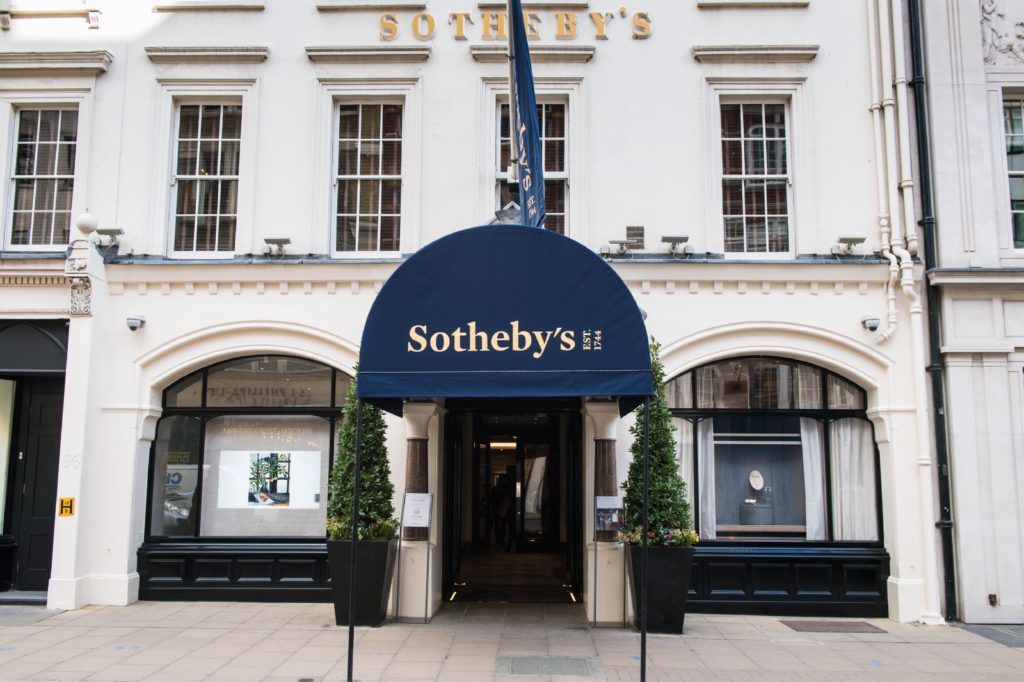
While Christie’s is the first to announce this increase, Sotheby’s will doubtless shortly follow suit. In fact, based on Sotheby’s financial performance, it is surprising they were not the first to announce. Christie’s as privately owned one must assume that this increase is to shore up its bottom line. Sotheby’s as publicly traded is an open book. Of interest, Sotheby’s closing share price today of $40.50 is 26% lower than it was a year ago, and 35% lower than its 52-week high in June, 2018, of $60.
And both Christie’s and Sotheby’s need the money. As many times as the international press reports an impressive sale, there is some offsetting report of auction house mismanagement or malfeasance. The story just now making the rounds is of the consignment to Christie’s of a painting by Francis Bacon for sale by private treaty, with Christie’s then selling it publicly- and without the consignor’s permission- for many millions of dollars less than they had guaranteed the consignor. As I am writing about increased auction house premiums, it is apropos to remind my gentle readers that a price fixing scandal involving Christie’s and Sotheby’s colluding on the establishment of premiums that put Sotheby’s star auctioneer Dede Brooks and its chairman Alfred Taubman in jail.
But with all that, I have to acknowledge that the auction house business is an expensive one, with a huge expense in personnel, so huge in fact that Christie’s and Sotheby’s regularly winnows out the upper and middle range staff, replacing them with those fresh of face with art history diplomas with the ink still wet. Oh, yes- and that command a much lower salary. And of course, trimming the bottom line is the name of the game, with both Christie’s and Sotheby’s, although they’ve sought to be a retail vendor of fine art and antiques and seek ever yet to be a force online, facing blistering competition that has increased at a nearly exponential rate from innumerable online selling platforms.
While it appears that I am crying crocodile tears about the vicissitudes of Christie’s and Sotheby’s, I will admit that over the years I’ve done business with them, and profitably. By weight of numbers, one will find the occasional bargain- a sleeper, as David Dickinson on BBC’s ‘Bargain Hunt’ would have it. Banking on the rapidity with which items consigned must be cataloged- and the inexperience of those doing the cataloging- there are, not often but occasionally, pieces on offer to be had for not precisely a song, but for a price at which I can add value and then resell at a profit. Bear in mind, the risk for me is that what an item sold for is available online for anyone who cares to to look and see. As recently as a week ago I spoke to a buyer in Canada who questioned me about an item I had purchased at auction in London. I gleefully told him that it was me who spent time to view, assess and bid on the item, it was me who spent time and money making arrangements to ship the item, it was me who spent time and money directing and paying for the restoration to put the item in saleable condition, and it was me who researched, accurately described and photographed the item and presented it, at long last, for sale.
So, with Christie’s and Sotheby’s, while making an auction purchase has always been expensive and risky, expensive has crossed the threshold into prohibitive territory- and is no less risky. Lots of the aphorisms that apply not in a positive way are applicable when dealing with them- phrases like ‘the price is not the cost’, ‘as-is, where-is’, and the perennially apt- ‘caveat emptor.’

